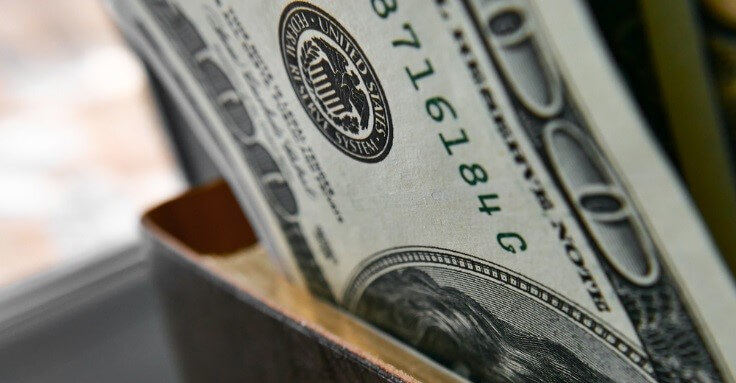
The Dollar rose to a nearly two-month high versus major peers
On Thursday, the U.S. dollar surged to its highest level in almost two months versus major peers. This comes after the Federal Reserve unexpectedly brought forward its projections for interest rate hikes into 2023.
The U.S. dollar index, which measures the dollar against six rivals, increased to as high as 91.484 in Asia for the first time since April 19. It boosted by nearly 1% overnight, the largest gain since March of 2020.
The risk-sensitive New Zealand dollar surged 0.6% against the dollar after data revealed New Zealand’s economy grew much faster than anticipated in the first quarter. In the previous session, the New Zealand dollar had declined by more than 1%.
On Wednesday, the Federal Reserve started closing the door on its pandemic-driven monetary policy as officials projected an accelerated timetable for interest rate rises. It opened talks on how to end crisis-era bond-buying. He went on to say that the 15-month-old health emergency was no longer a core constraint on U.S. commerce.
A majority of 11 Fed officials penciled in at least two quarter-point interest rate rises for 2023. This is despite the fact that they promised in their statement to keep policy supportive for now to encourage a labor market recovery.
Overall economic growth is anticipated to reach 7%
The projections also revealed higher forecasts for inflation this year, though the price increases were still described as short-lived. Overall economic growth is anticipated to reach 7%.
The benchmark 10-year Treasury yield was at 1.5890% in Asia, after increasing to as high as 1.5940% from as low as 1.4820% on June 16.
The U.S. dollar soared to a nearly two-month high of $1.1984 per euro on Thursday. This lead to it extending its gain of around 1% from the previous session. It rose to as high as 110.825 yen, a level unseen since April 1, adding to a 0.6% rally overnight.
Risk-sensitive currency, the Australian dollar, fell to $0.75975. This is its lowest figure since April 13, before trading 0.3% higher to recoup some of Wednesday’s 1% tumble.
Meanwhile, the British pound declined to the lowest since May 7 at $1.39745. The Canadian dollar hit the weakest since May 5 at C$1.2292, before trading little changed in the Asian afternoon.
Westpac analysts announced that the dollar is in a much healthier place now that the Fed is inching toward the exits. Moreover, they expect the dollar index to test 92 in the coming days.
Remarkably, cryptocurrencies were also hurt by the dollar’s strength. The most popular cryptocurrency, bitcoin, was wavering about $39,000 following a 4.5% decline on Wednesday. Meanwhile, the world’s second-largest cryptocurrency, Ether, traded at $2,438 after a 7% selloff.


